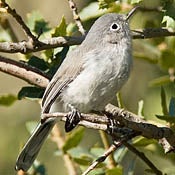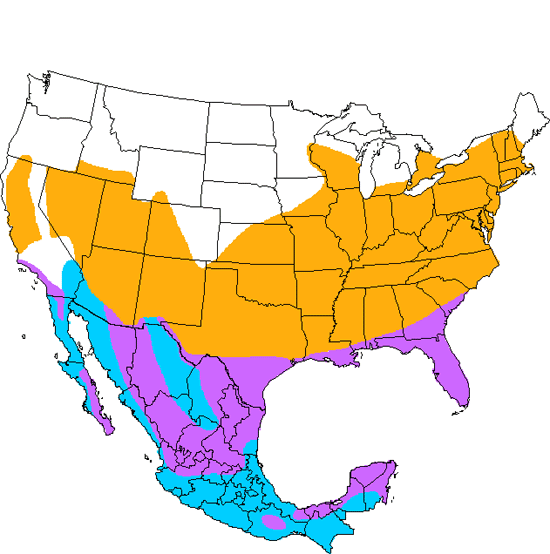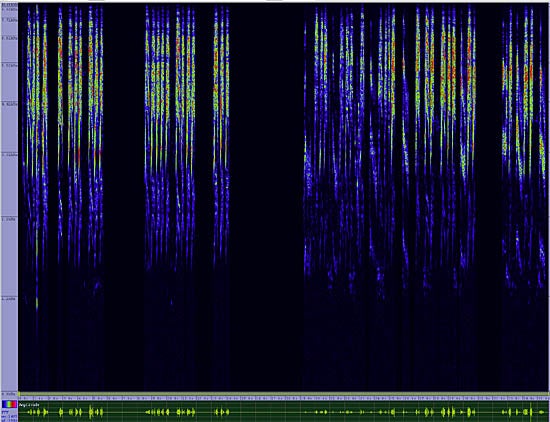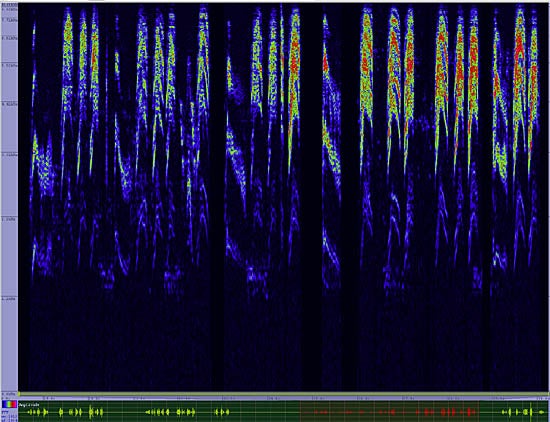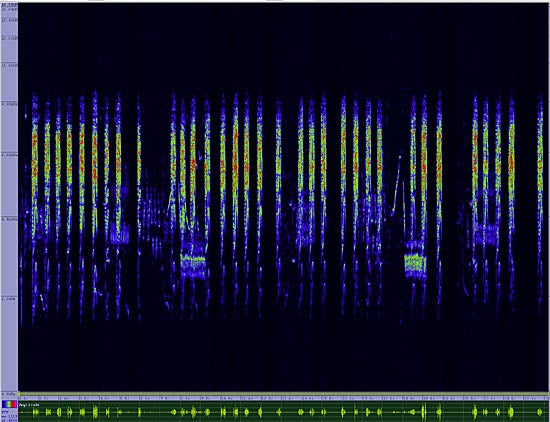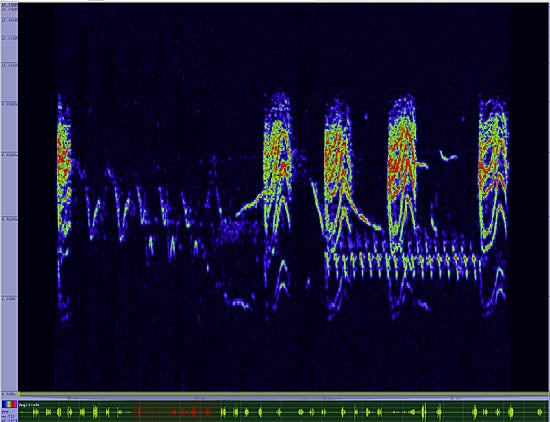
Perching
Blue-gray Gnatcatcher
Polioptila caerulea

Length: 4 in. (11 cm )
This gnatcatcher occurs in a wide variety of habitats but is most common in tall forest and riparian areas at mid elevations. It hunts actively and conspicuously for insects on the leaves and vegetation of trees and tall bushes with its tail constantly moving up and down and to the side. During the winter it descends to lower elevations and frequently forages in mixed species flocks that include other species of gnatcatchers in the west. Its small cup nest is balanced on top of a large branch and consists of lichens, plant down and spider webbing.
The four-digit banding code is BGGN.
Male | Herbert Clarke
Female | Robert Shantz(link is external)
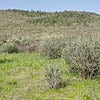
Chaparral
Fir forest
Mesquite bosque
Oak-pine woodland
Riparian / River forest
Savanna

Shrubs
View Citation
Be Part of
Ask A Biologist
By volunteering, or simply sending us feedback on the site. Scientists, teachers, writers, illustrators, and translators are all important to the program. If you are interested in helping with the website we have a Volunteers page to get the process started.







